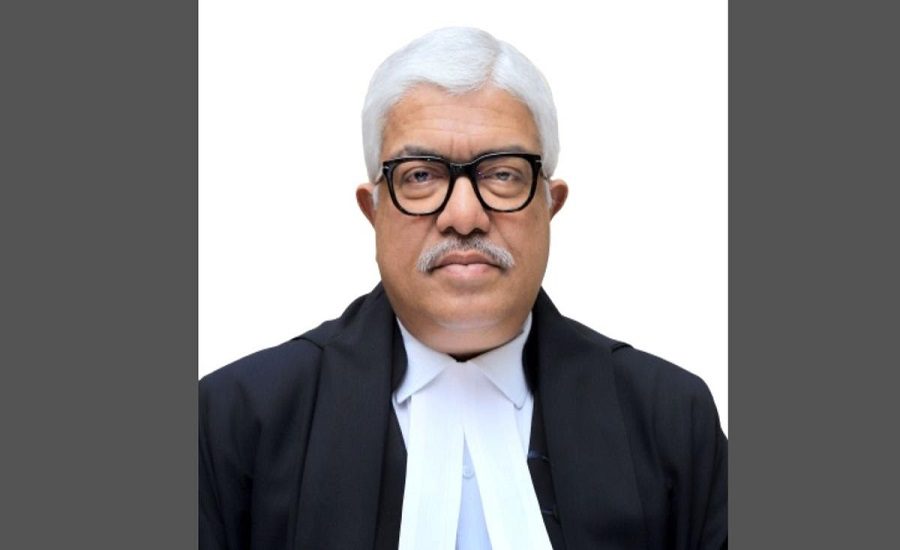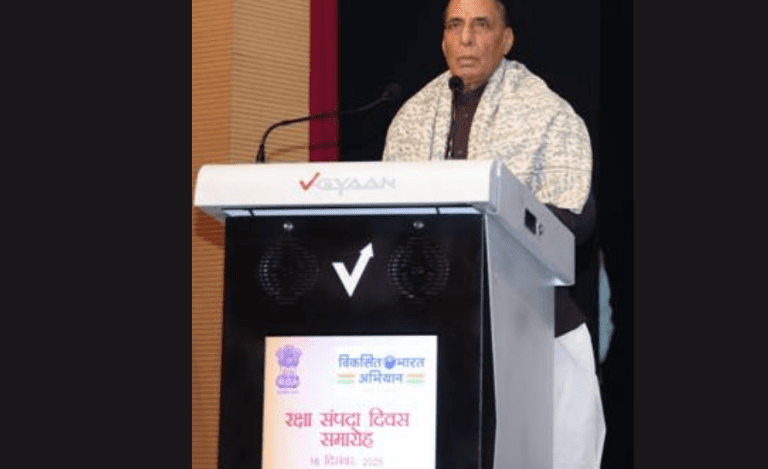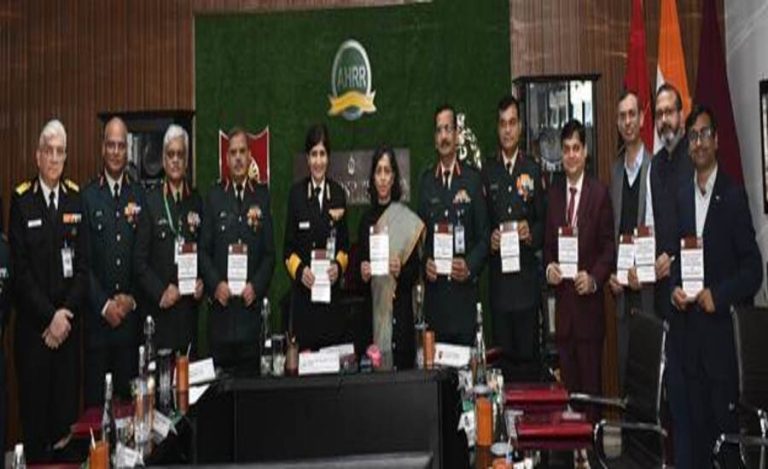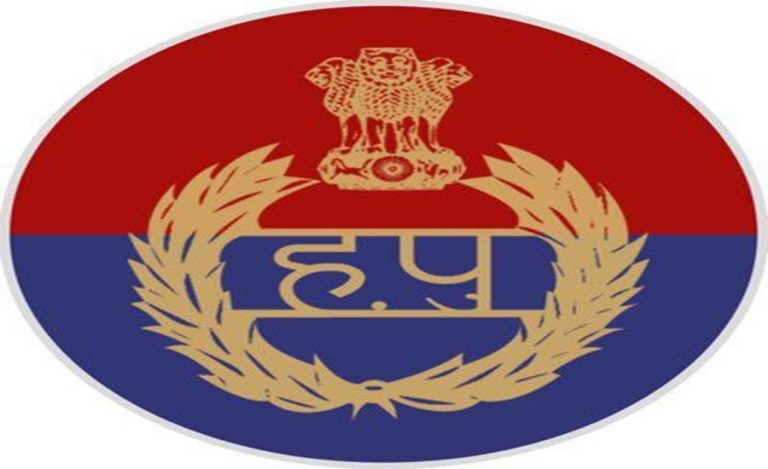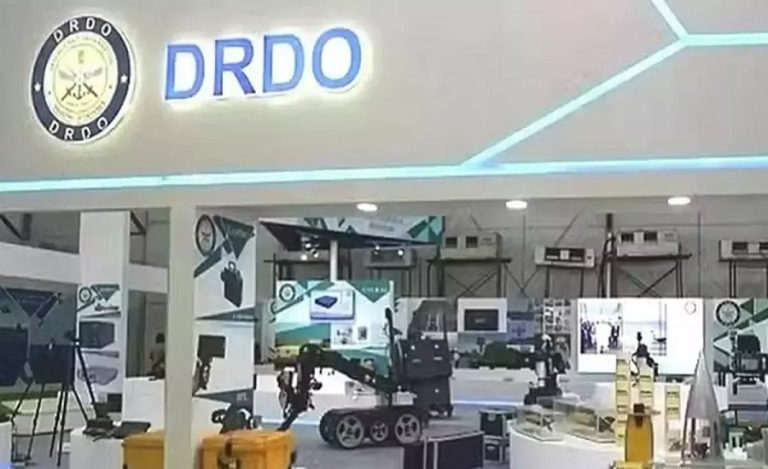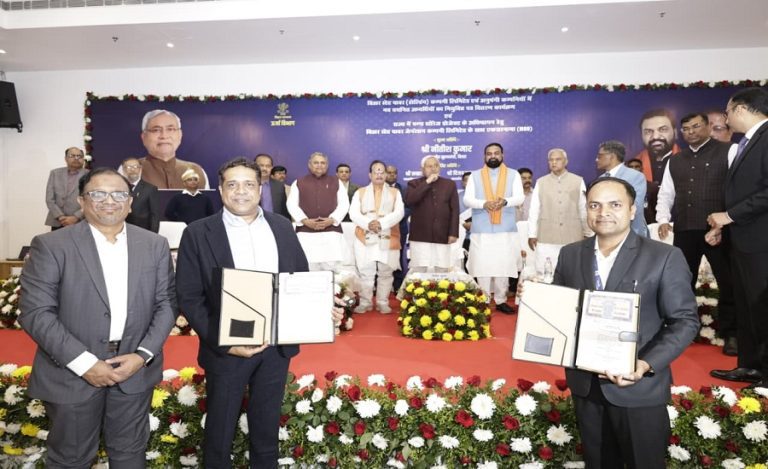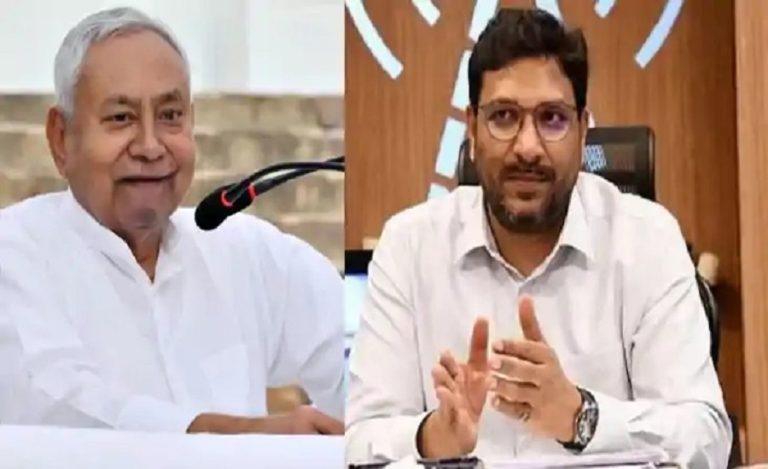New Delhi: In an unprecedented move that may redefine the contours of judicial independence and executive influence, the Supreme Court Collegium has publicly acknowledged revising its decision regarding the transfer of Justice Atul Sreedharan – this time, at the request of the Central Government.
Initial Transfer, Later Reconsideration
On August 25, 2025, the Supreme Court Collegium, headed by Chief Justice B.R. Gavai, had recommended the transfer of Justice Atul Sreedharan, a judge of the Madhya Pradesh High Court, to the Chhattisgarh High Court. However, in a surprising development, the Collegium reconsidered its earlier decision during a meeting held on October 14, 2025.
According to the official statement:
“On October 14, 2025, the Supreme Court Collegium, on the reconsideration sought by the Central Government, decided that Justice Atul Sreedharan… should now be transferred to the Allahabad High Court instead of Chhattisgarh.”
This reversal is significant not just because of the altered destination, but due to the Collegium’s open admission that the change was made upon the executive’s request – a rare, if not unprecedented, disclosure in India’s judicial history.
Why the Change Matters
Had Justice Sreedharan been transferred to Chhattisgarh, he would have become the second most senior judge at that High Court – placing him in potential contention for elevation as Chief Justice. In contrast, at the Allahabad High Court, his seniority will place him at seventh position, reducing his administrative influence.
Observers suggest this shift may be linked to internal assessments of judicial hierarchy or political sensitivity, though the Collegium’s statement remains silent on the rationale.
Who is Justice Atul Sreedharan?
Appointed to the Madhya Pradesh High Court in 2016, Justice Shridharan began his legal journey under the mentorship of senior advocate Gopal Subramaniam, before establishing independent practice in Indore.
In 2023, he voluntarily sought a transfer citing personal reasons – notably his daughter’s intention to start legal practice in Indore. This led to a transfer to the Jammu & Kashmir and Ladakh High Court, where he made national headlines by quashing multiple detentions under the Public Safety Act (PSA) – a controversial preventive detention law.
He returned to Madhya Pradesh in 2025 and has remained active in key judicial interventions. One of the most high-profile cases involved the suo motu cognizance of a statement made by Minister Vijay Shah, who had allegedly made communal remarks while praising the crackdown on the Pahalgam terror attack suspects.
Justice Shridharan, as part of a division bench, directed the registration of an FIR, terming the minister’s comments as derogatory and offensive towards Indian Army officer Colonel Sophia Qureshi.
A New Chapter in Judiciary–Executive Relations
The Supreme Court Collegium and the Central Government have long shared a tense relationship, particularly over judicial appointments and transfers. While past disagreements were common, the public admission that a judge’s transfer was reconsidered specifically at the Centre’s request is nearly without precedent.
Legal scholars are already debating whether this move reflects growing executive influence over judicial decisions, or a pragmatic adjustment by the Collegium to preserve working relationships with the government.
While not the first instance of reconsideration by the Collegium, this case is one of the rarest public disclosures of a reversal triggered by executive intervention.

